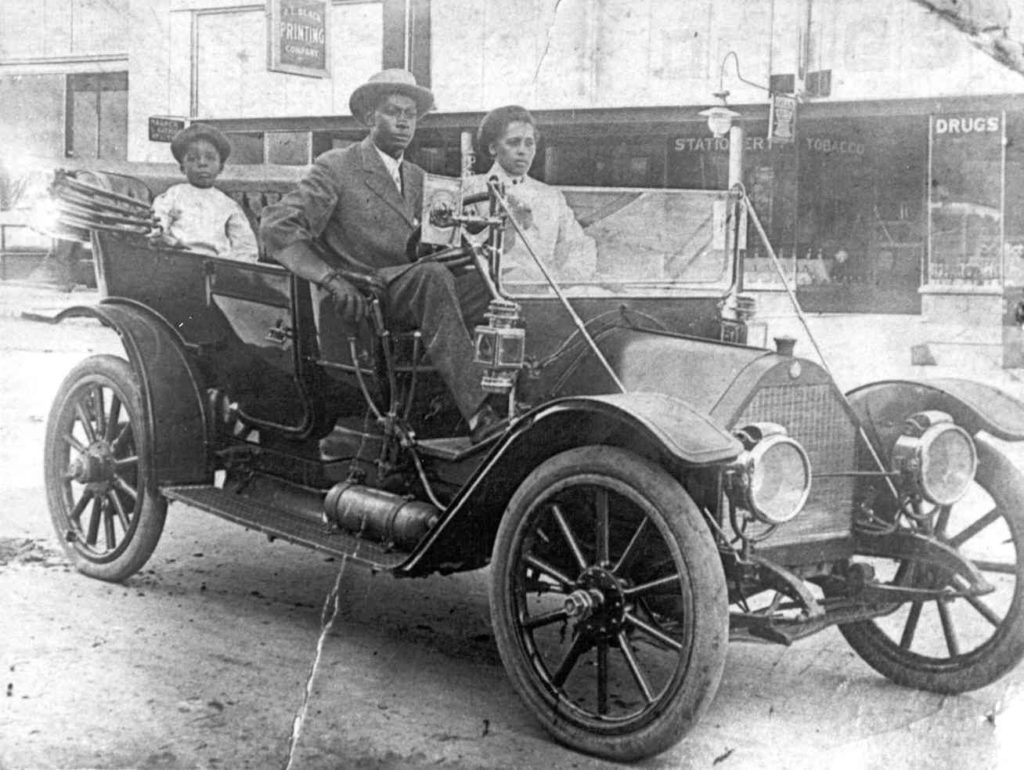At the end of the Civil War, newly freed African Americans viewed Oklahoma, then known as Indian Territory, as a land of opportunity. By the mid-1880s, “Oklahoma Fever” was in full swing. African Americans migrated to the Territories with greater intensity from the deeper parts of the South, setting up all-Black, self-reliant communities and townships, the most affluent of which was Greenwood.
Much of the land and the structures in Greenwood were owned by Greenwood residents. Black people from around the country visited and relocated to Greenwood to witness and enjoy its prosperity.
This combination of “land ownership, freedom mind state, and wealth concentration” gave birth to Greenwood—the most prosperous, organized, and successful Black community in United States history.
In March of 1921, A.J. Smitherman and J.B. Stradford brought W.E.B. DuBois to Greenwood where the founder of the NAACP delivered a lecture.[1] During those times, DuBois often lectured on white hate towards the Black race and how “When the armed lynchers come, we too must gather armed. When the mob moves, we propose to meet it with sticks and clubs and guns.”[2] The following month, in April of 1921, Greenwood residents celebrated what they viewed as a successful thwarting of white vigilante justice when a group of African American men in Muskogee prevented a lynching in their town by storming the jail, shooting a white deputy sheriff, and freeing the imprisoned Black man, John McShane.[3]
By May of 1921, Greenwood’s founders and residents had successfully created and established an affluent, self-sufficient, and flourishing community that was unlike any other Black community in the country. The Greenwood community and neighborhood was home to around 11,000 African Americans, as well as hundreds of thriving Black-owned businesses and organizations. Much of the land and the structures in Greenwood were owned by Greenwood residents. Black people from around the country visited and relocated to Greenwood to witness and enjoy its vibrant, peaceful, and extraordinarily prosperous community.
[1] Robin Walker, The Rise and Fall of Black Wall Street (Reklaw Education, 2010, Kindle edition), Kindle location 340.
[2] Steve Gerkin, “First Charged, Last Freed,” This Land Press, March 20, 2014, http://thislandpress.com/2014/03/20/first-charged-last-freed/.
[3] Alfred L. Brophy, Reconstructing the Dreamland: The Tulsa Riot of 1921: Race, Reparations, and Reconciliation (Oxford: Oxford University Press, 2002, Kindle edition) Kindle locations 391-398.

